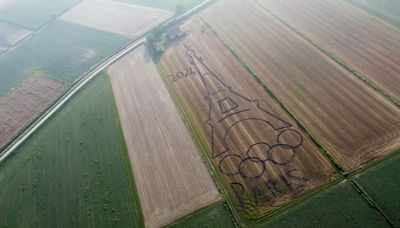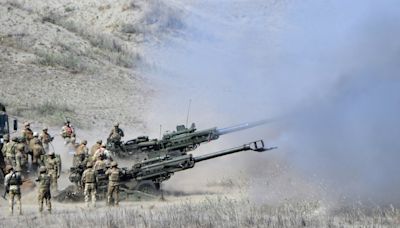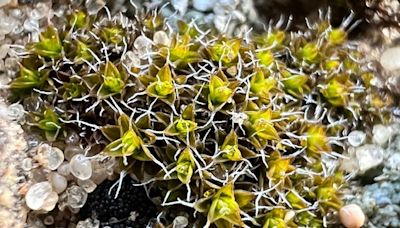Search results
Learn about soil, the biologically active, porous medium that has developed in the uppermost layer of Earth’s crust. Explore soil structure, composition, classification, and role in the global ecosystem, as well as soil erosion and pollution.
- Garrison Sposito
Soil, also commonly referred to as earth or dirt, is a mixture of organic matter, minerals, gases, liquids, and organisms that together support the life of plants and soil organisms. Some scientific definitions distinguish dirt from soil by restricting the former term specifically to displaced soil. Soil measuring and surveying device
Learn about the definition, ingredients, characteristics, and diversity of soils, the dynamic and diverse natural systems that lie at the interface between earth, air, water, and life. Explore how soils are formed, classified, mapped, and managed, and how they provide critical ecosystem services for humanity.
Oct 19, 2023 · Learn about the biotic and abiotic factors that make up soil, and how they vary across different regions and ecosystems. Find out how soil scientists test and measure soil composition and health.
The evolution of soils and their properties is called soil formation, and pedologists have identified five fundamental soil formation processes that influence soil properties. These five “state factors” are parent material, topography, climate, organisms, and time.






